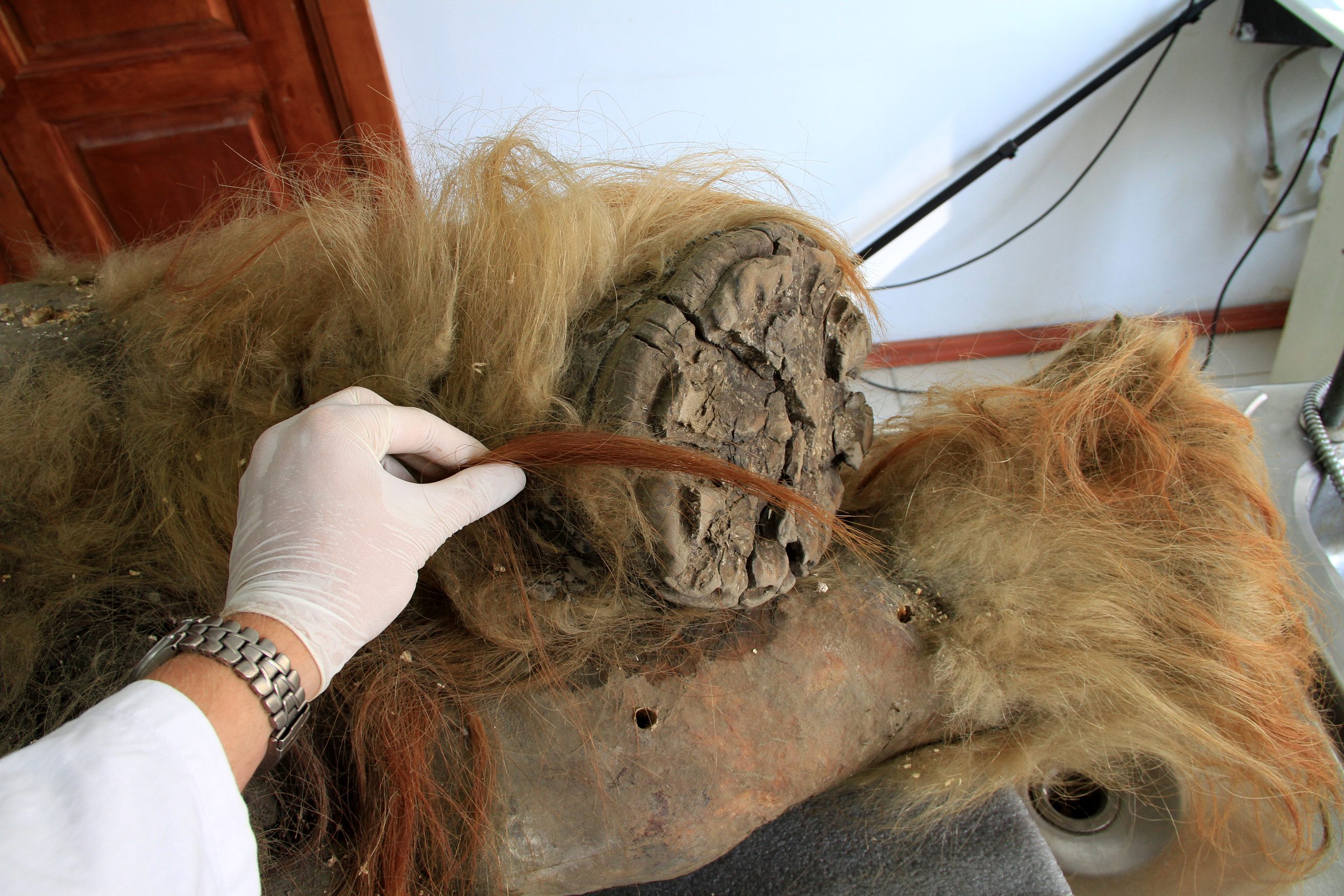An international team of scientists has published the results of their research into 23 woolly mammoth genomes in Current Biology. As of today, we have even more tantalizing insights into their evolution, including indications that, while the woolly mammoth was already predisposed to life in a cold environment, it continued to make further adaptations throughout its existence.
Years of research, as well as multiple woolly mammoth specimens, enabled the team to build a better picture of how this species adapted to the cold tundra it called home. Perhaps most significantly, they included a genome they had previously sequenced from a woolly mammoth that lived 700,000 years ago, around the time its species initially branched off from other types of mammoth. Ultimately, the team compared that to a remarkable 51 genomes—16 of which are new woolly mammoth genomes: the aforementioned genome from Chukochya, 22 woolly mammoth genomes from the Late Quaternary, one genome of an American mastodon (a relative of mammoths), and 28 genomes from extant Asian and African elephants.
From that dataset, they were able to find more than 3,000 genes specific to the woolly mammoth. And from there, they focused on genes where all the woolly mammoths carried sequences that altered the protein compared to the version found in their relatives. In other words, genes where changes appear to have been naturally selected.
What’s new (gene-wise)?
David Díez-del-Molino is an evolutionary biologist and the lead author on this paper. "What we call ‘highly evolved genes’ are genes that have a lot of these non-synonymous mutations. The more they have, the more highly evolved that we consider them,” he explained in a video interview with Ars. “The truth is (and by the way, we do mention this in the limitations of the study) all mutations are relevant. So genes that have only one of these mutations, they could be very important for the woolly mammoth phenotype. So we use the number of mutations as an indication of how much the gene has changed in the woolly mammoth.”
Some of those highly evolved genes offer intriguing insight into the woolly mammoth’s environment. The team found evidence for genes involved in the immune system, specifically those that might be useful against parasitic worms or pathogens. Other genes might have helped with DNA repair. Two of the genes they identified in this regard (BRCA1 and BRCA2) are involved with breast cancer in humans, acting to suppress tumors. Could woolly mammoths have been, like their extant relatives, cancer-resistant?
Some of the altered genes are involved in fat storage, heat production, and metabolism, all of which could be very useful against the Arctic cold. Other changes indicate that woolly mammoths may have had altered cold sensation, such as the ability to feel pain in reaction to cold temperatures.

Perhaps most intriguing are the genes related to hair. The team found changes in several genes that, in humans, are responsible for genetic disorders. With names like Uncombable Hair Syndrome and the appropriately named “woolly hair syndrome” (Carvajal syndrome), these disorders collectively produce uncombable, bushy, wiry, and frizzy hair. These attributes, however, correspond with what we imagine of woolly mammoth fur: one big bushy, wiry, uncombable coat of hair. And these genes indicate mammoth fur wasn’t the same for all woollies; it may have evolved over the course of their existence such that later species may have had coats that were different from earlier ones.
“It’s so funny,” Díez-del-Molino said, “because all the names were everything that we thought the mammoth hair was! But it’s important to note that we don’t exactly know the function in woolly mammoths because they are not exactly the same mutations [seen in humans].”



3175x175(CURRENT).thumb.jpg.b05acc060982b36f5891ba728e6d953c.jpg)

Recommended Comments
There are no comments to display.
Join the conversation
You can post now and register later. If you have an account, sign in now to post with your account.
Note: Your post will require moderator approval before it will be visible.